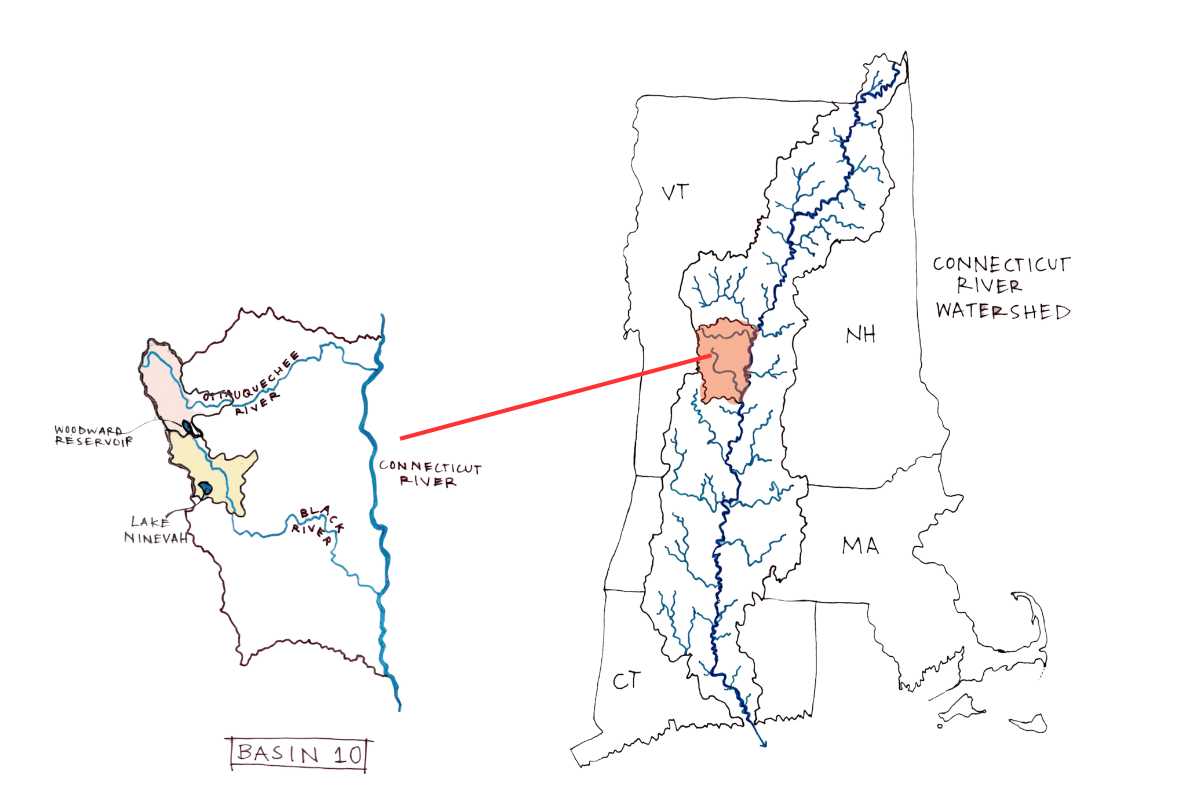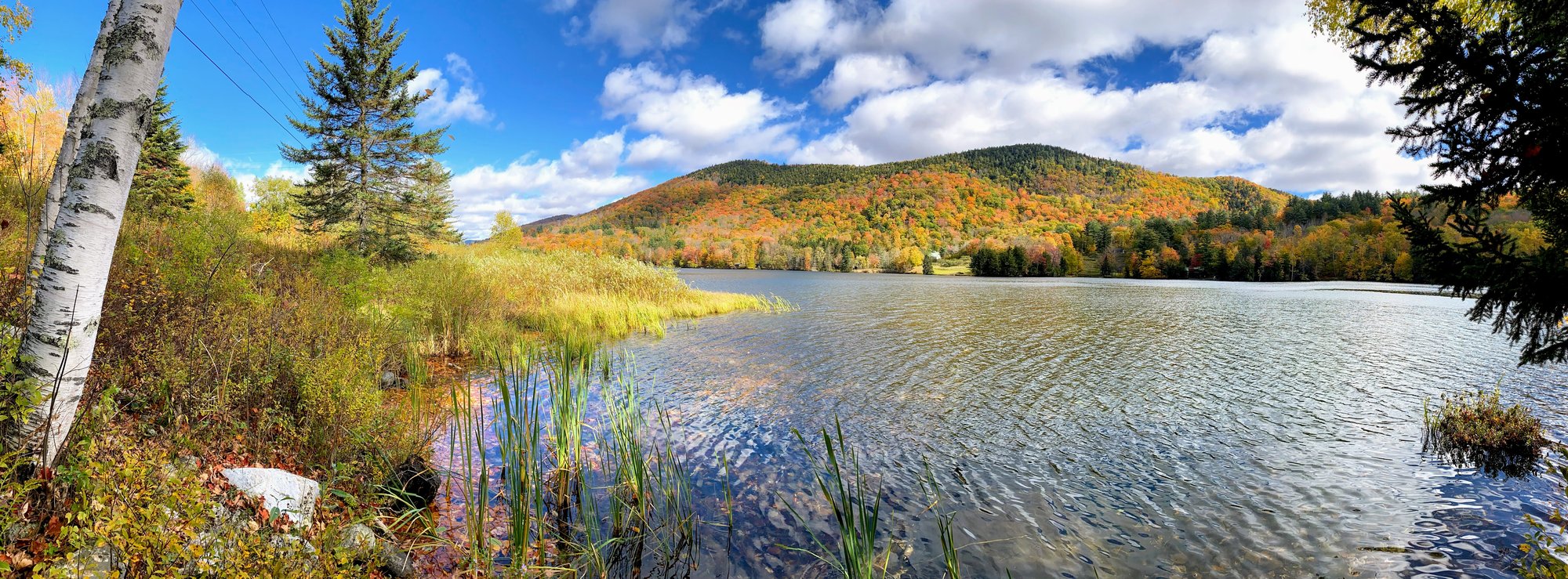WATERSHED
Exploring Watersheds for Farm & Wilderness Conservation along the Connecticut River.
The Connecticut River, stretching approximately 406 miles, holds the distinction of being the largest river in New England. Originating in Canada, it gracefully flows southward, forming the Vermont-New Hampshire border, before traversing Massachusetts and Connecticut, eventually merging with the Atlantic Ocean at the Long Island Sound.
Farm & Wilderness finds its home within the captivating Ottauquechee and Black River sub-basins, nestled in Basin 10. This expansive watershed encompasses a collection of sub-basins, spanning 23 towns ranging from rural to urban. Enveloped by a diverse landscape of majestic mountain peaks and rolling hillsides, this area also boasts an abundance of lakes and ponds, covering approximately 1,610 acres.
As stewards of the land, we recognize the importance of preserving these invaluable watersheds. Through our conservation efforts, we strive to safeguard the natural beauty and ecological balance of this unique watershed system.
Farm & Wilderness encompasses landholdings strategically situated across two sub-basins within Basin 10. These sub-basins play a crucial role in the overall watershed dynamics; for this reason, it's important to know the water bodies and their impact:
Woodward Reservoir and the Ottauquechee River:
- Woodward Reservoir and its surrounding streams flow northward, contributing to the Ottauquechee River.
- Proper management of Woodward Reservoir is essential to mitigate stressors and maintain water quality throughout the entire Basin.
-
- Lake Ninevah, accompanied by the encompassing wetlands, flows southward, nourishing the Black River.
- Similar to Woodward Reservoir, Lake Ninevah holds a prominent position as one of the largest lakes in Basin 10 within its respective sub-basin; effective management of Lake Ninevah is vital in reducing stressors and preserving the overall health of the Basin's water quality.

Source: Maps from the Resilience at Farm & Wilderness. An Ecological Study by Conway School

